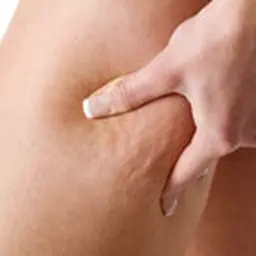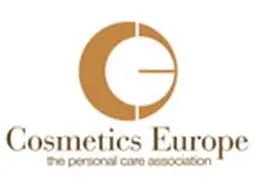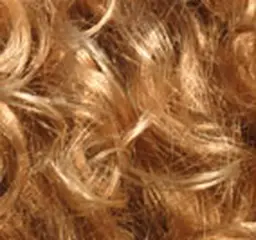
Nearly 40% of us in Europe deem our skin to be dry. And we are often mistaken about the nature of this dry skin, as well as about the solutions to be implemented to relieve our discomfort. Did you know that there are several types of dry skin, with many differences to set each of them apart? This is what dermatologist Mélissa Mignard explained at Cosmed’s 12th JEST (Days of Scientific and Technical Exchanges), which were held on 12 October 2012 in Montpellier.
According to a study carried out in 2007 of 4,506 people over age fifteen in eight European countries, 37.9% declare having dry skin. Of those, 48% suffer from atopy or from allergic contact eczema, 10.4% suffer from seborrhoeic dermatitis, and 8.5% suffer from rosacea. 52.4% also have sensitive or very sensitive skin, and all complain of discomfort. The problem is not insignificant.
Do you have ‘real’ dry skin?
Be careful: dry skin and dehydrated skin are often confused, but they are not the same thing.
• ‘Real’ dry skin is a permanent state of the skin, and it affects both the face and body. It is an alteration of the barrier function. It is the sign of dysfunctional physiopathological balances, which much be restored in order to repair the barrier. This is a job for a dermatologist.
• Dehydrated skin experiences only passing dryness. It can affect all skin types, even oily skin. It can be a sign of temporary acute water loss, or it can be the result of poor treatment, such as overly aggressive washing, scrubbing, or exfoliation, which alters the surface hydrolipidic film, thereby increasing water loss in the skin. It is also uncomfortable, but can be …















